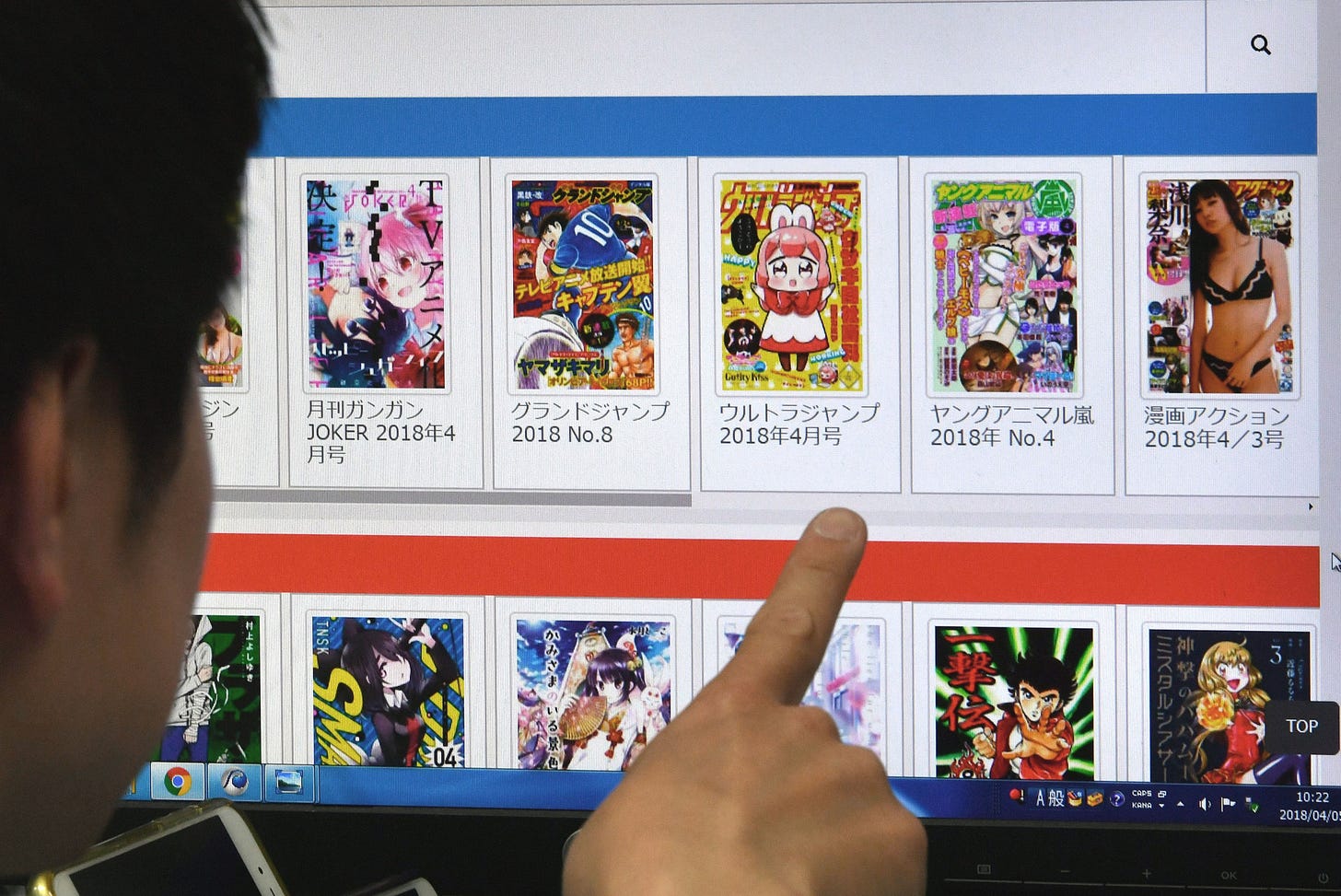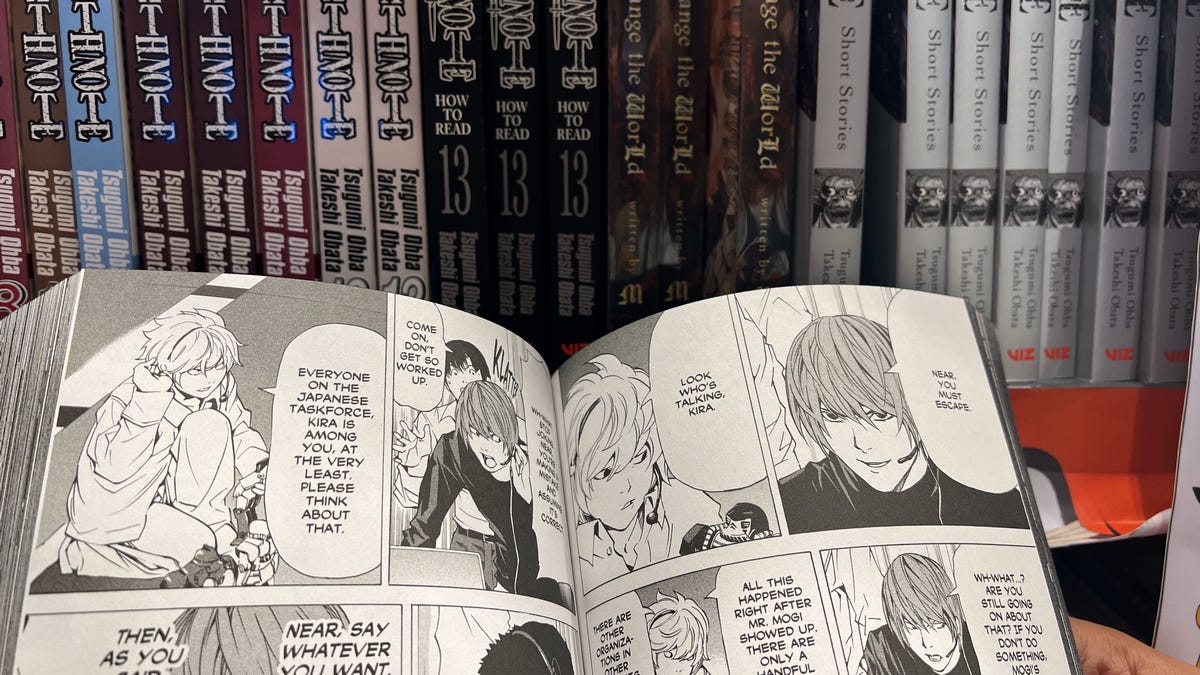Piracy Costs Japan’s Manga and Publishing Industry an Estimated $51 Billion Every Year
Japanese pop culture news edited by Patrick Macias
Global survey finds massive “free reading” losses from unauthorized sites
English-language piracy dominates with users in 123 countries
Industry leaders call for stronger worldwide countermeasures
Global Piracy Crisis Reaches Unprecedented Scale
Japan’s manga and publishing industry faces an alarming new threat: an estimated ¥8.5 trillion in annual damages (about US$ 51 billion) caused by readers accessing Japanese works for free on global piracy sites. The findings come from a new report by the Authorized Books of Japan (ABJ), a coalition of publishers and telecom providers, released on October 29.
How the Numbers Add Up
ABJ analyzed 913 piracy websites worldwide during July and August 2025, uncovering more than 2.8 billion visits from 123 countries and regions, totaling 700 million hours of reading time. Based on the estimate that 30 minutes of reading equals one manga volume priced at ¥500 (around US$ 3), the damage was calculated at ¥704.8 billion (about US$ 4.3 billion) for the surveyed period, equivalent to roughly ¥8.5 trillion annually.
Piracy Hotspots and Language Trends
The survey shows Indonesia ranked highest in overall usage, followed by Japan and the United States. English accounted for about half of all content on these sites, ahead of Japanese, Chinese, and Vietnamese. ABJ spokesperson Atsuhiro Ito said the group was “shocked by the scale of the losses” and stressed the need for “more effective countermeasures.”
Japan’s Publishers Push for Global Solutions
With manga and light novels now enjoyed worldwide, Japan’s publishers face the urgent challenge of protecting creators’ rights across borders. The ABJ report highlights how easily unauthorized scans circulate online, reaching millions who may never pay for legitimate access. As piracy becomes more sophisticated, the next step for Japan’s content industry will be finding new ways to promote and protect its creative exports in the global marketplace.





